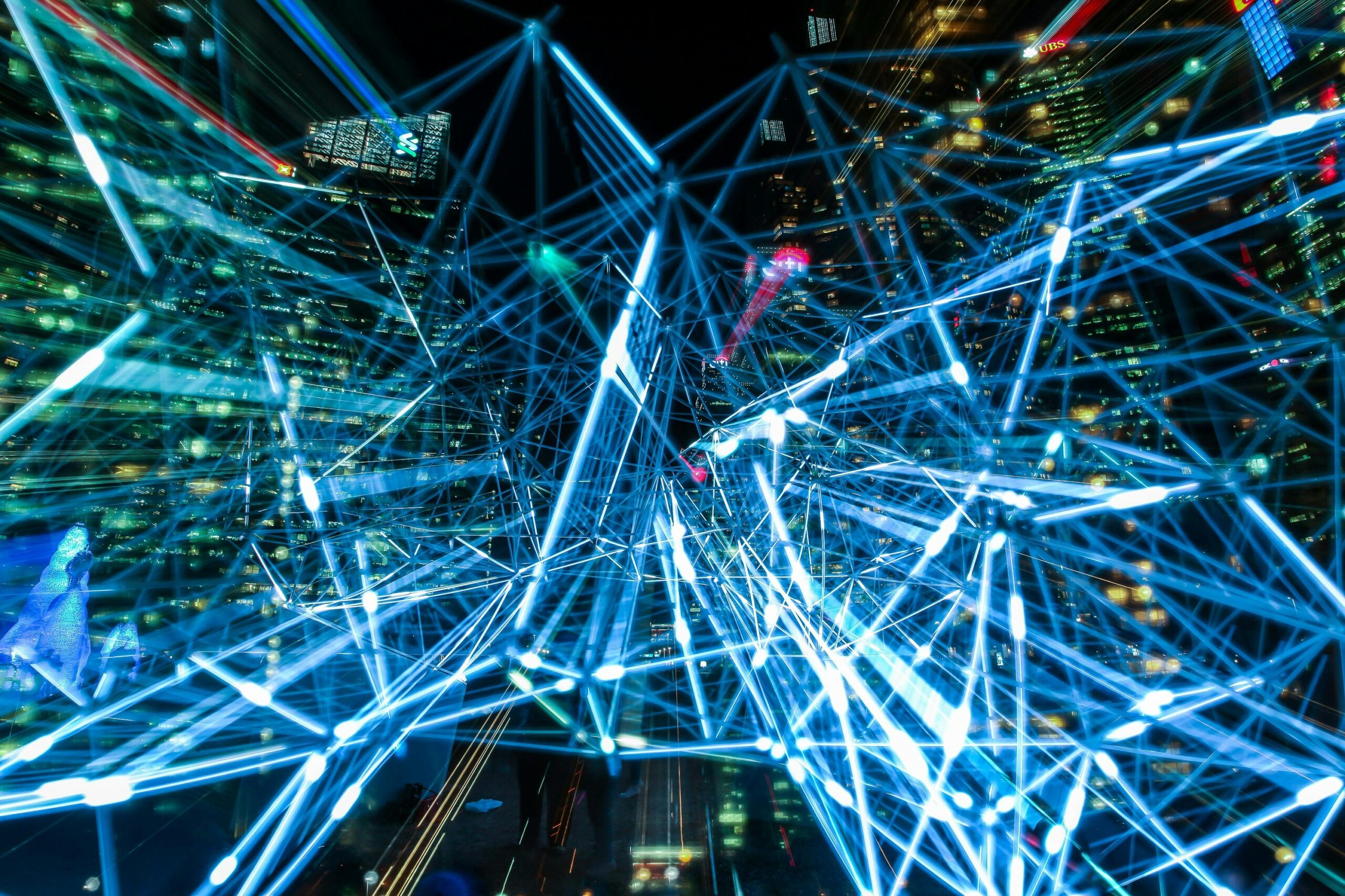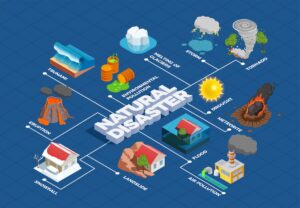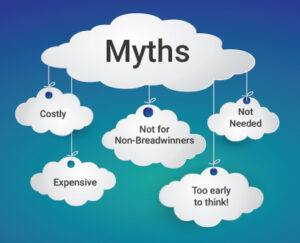The rise of artificial intelligence (AI) and automation is transforming industries across the globe, fundamentally reshaping the workforce. From autonomous vehicles to robotic process automation in businesses, AI and automation technologies are driving new efficiencies and capabilities. While these innovations promise to increase productivity and create new opportunities, they also raise important questions about job displacement, skills development, and the future of work. In this article, we explore how AI and automation are reshaping the workforce, the challenges and opportunities they present, and how workers can prepare for the changing job landscape.
AI refers to machines or systems that can perform tasks that typically require human intelligence, such as learning, decision-making, speech recognition, and problem-solving. Automation, on the other hand, involves using technology to perform tasks with minimal human intervention. Together, AI and automation are driving the evolution of how work is done across various sectors, from manufacturing and healthcare to finance, customer service, and even the arts.
While automation has been around for decades, the recent advances in AI and machine learning have significantly increased the sophistication of automated systems. AI-enabled robots and software are now capable of performing more complex tasks, learning from data, and adapting to new situations, often with greater speed and accuracy than human workers.
AI and automation are influencing various industries, transforming job roles, workflows, and business operations. Here are some key areas where they are making a major impact:
1. Manufacturing and Production
Automation has long been a staple in manufacturing, with machines replacing manual labor for tasks like assembly, painting, and packaging. Today, AI-powered robotics are taking automation to the next level, allowing machines to not only perform repetitive tasks but also adapt to changes in production lines and identify defects in real time.
Smart factories equipped with AI-driven robots can operate more efficiently and reduce human error, leading to cost savings and increased production capacity. For instance, AI systems can analyze production data to predict maintenance needs, avoiding costly downtime by addressing issues before they cause breakdowns.
However, the rise of AI-powered automation in manufacturing also raises concerns about job displacement. Low-skill manufacturing jobs are particularly vulnerable, with machines replacing workers who previously performed routine tasks. While new, high-skill jobs in robotics and machine learning are emerging, workers without the necessary technical skills may face challenges in transitioning to these new roles.
2. Retail and Customer Service
AI and automation are transforming the retail and customer service industries by enabling faster, more efficient interactions between businesses and consumers. Chatbots and virtual assistants, powered by natural language processing (NLP), are increasingly being used to handle customer inquiries, process orders, and provide personalized recommendations.
Automation in retail operations, such as self-checkout systems, inventory management, and automated warehouses, is streamlining processes and reducing the need for human labor in repetitive or low-skill roles. For example, companies like Amazon use robots to manage their warehouses, improving order fulfillment speed and accuracy.
While automation enhances customer experiences and operational efficiency, it also leads to the displacement of retail workers in roles like cashiers and stock clerks. On the flip side, it creates opportunities in technology, data analysis, and system maintenance.
3. Healthcare and Medical Fields
AI has the potential to revolutionize healthcare by improving diagnostics, treatment planning, and patient care. AI algorithms can analyze medical data, such as medical images, genetic information, and patient histories, to assist doctors in diagnosing diseases more accurately and quickly than ever before.
Robotic surgery systems and AI-powered diagnostic tools, such as those used to detect cancer or heart disease, are making procedures less invasive and more precise. Automation in administrative tasks, such as scheduling, billing, and record-keeping, is also freeing up healthcare professionals to focus more on patient care.
Although AI and automation promise to enhance healthcare delivery, they also pose challenges. For example, certain clerical jobs and administrative tasks could be automated, potentially reducing the number of workers needed in those areas. However, AI technologies are expected to create a demand for new roles, such as data scientists, AI specialists, and healthcare technicians who can work alongside these advanced systems.
4. Finance and Accounting
In finance, AI and automation are streamlining processes like fraud detection, risk management, and customer service. AI algorithms can analyze vast amounts of financial data, identify patterns, and predict trends, enabling financial institutions to make more informed decisions and reduce risks.
In accounting, robotic process automation (RPA) is being used to automate repetitive tasks such as invoice processing, tax calculations, and financial reporting. These automated systems can significantly reduce human error, improve efficiency, and allow accounting professionals to focus on more complex and strategic tasks.
While AI and automation create efficiencies, they also reduce the need for low-level tasks traditionally performed by humans, such as data entry or basic financial analysis. On the other hand, there is a growing demand for skilled professionals in AI, data analysis, and cybersecurity, as financial institutions increasingly rely on these technologies to enhance their services.
5. Transportation and Logistics
AI and automation are revolutionizing the transportation and logistics industries by enabling more efficient and autonomous systems. Self-driving cars and trucks, powered by AI, have the potential to dramatically reduce the need for human drivers. Automated delivery drones and robots are already being tested for last-mile deliveries, providing faster and more cost-effective solutions for moving goods.
In logistics, AI-powered software is optimizing supply chains by predicting demand, improving route planning, and reducing inefficiencies. Autonomous forklifts and robotic arms are streamlining warehouse operations, reducing the need for human labor in manual tasks.
However, the widespread adoption of autonomous vehicles and robots raises concerns about the future of driving jobs and manual labor in transportation and logistics. As self-driving technology advances, it is likely that millions of truck drivers and delivery personnel will face displacement, leading to the need for retraining and reskilling.
The rise of AI and automation presents both challenges and opportunities for the workforce. The most immediate concern is job displacement, particularly in industries that rely on routine, manual, or repetitive tasks. However, this technological shift also brings new job opportunities, especially in fields related to AI development, data science, and robotics.
Challenges:
- Job Displacement: As AI and automation systems take over routine tasks, many workers may find their roles obsolete. Jobs in manufacturing, retail, and transportation are particularly at risk.
- Skills Gap: The growing demand for workers skilled in AI, data analysis, and robotics is creating a skills gap. Many workers in traditional industries may not have the training or education needed to transition to these new roles.
- Economic Inequality: Automation may exacerbate economic inequality, as high-skill workers in tech and AI thrive while low-skill workers in manual labor face job loss and income instability.
Opportunities:
- New Job Creation: While some jobs will be replaced, AI and automation will also create new roles, such as AI specialists, data analysts, and robotics technicians.
- Increased Productivity: Automation can help businesses become more efficient, which could lead to economic growth and the creation of new business opportunities.
- Improved Work-Life Balance: By automating repetitive tasks, workers may have more time for creative, strategic, and higher-value work. This shift could lead to improved job satisfaction and work-life balance for many employees.
As AI and automation continue to reshape the workforce, workers must adapt by developing new skills. Reskilling and lifelong learning are essential for staying competitive in an AI-driven job market. Governments, businesses, and educational institutions must collaborate to create programs that help workers transition to new roles and acquire the skills needed for the future economy.
Additionally, companies should focus on upskilling their employees and fostering a culture of continuous learning. This will ensure that workers are not left behind as automation becomes increasingly prevalent across industries.
AI and automation are reshaping the workforce in profound ways, bringing both challenges and opportunities. While the potential for job displacement is real, these technologies also promise to create new opportunities for innovation, productivity, and economic growth. The key to navigating this transformation will be to strike a balance between embracing technological progress and ensuring that workers are equipped with the skills and support needed to thrive in the future workforce. By investing in reskilling and adapting to the changing landscape, both workers and organizations can harness the benefits of AI and automation while minimizing potential risks.





